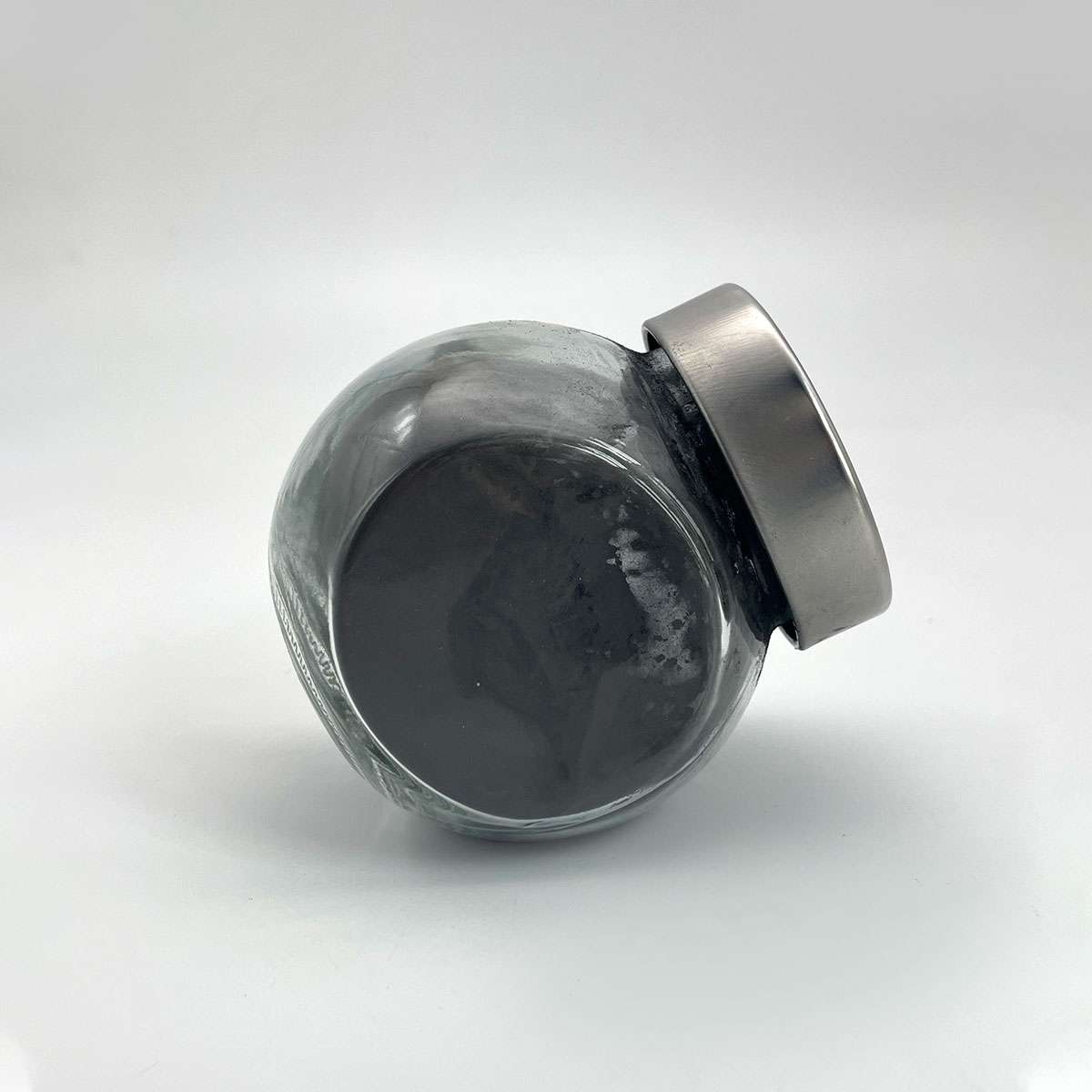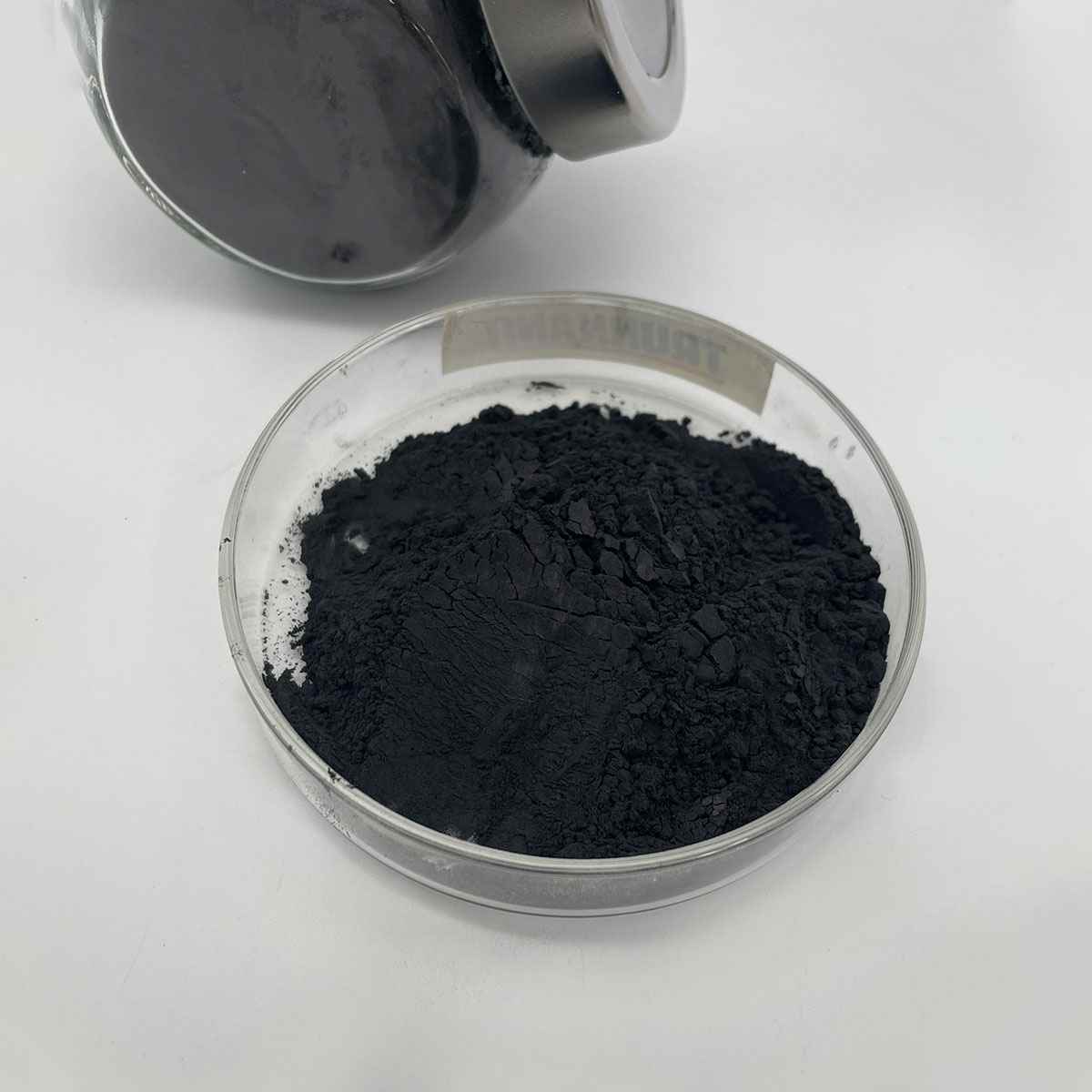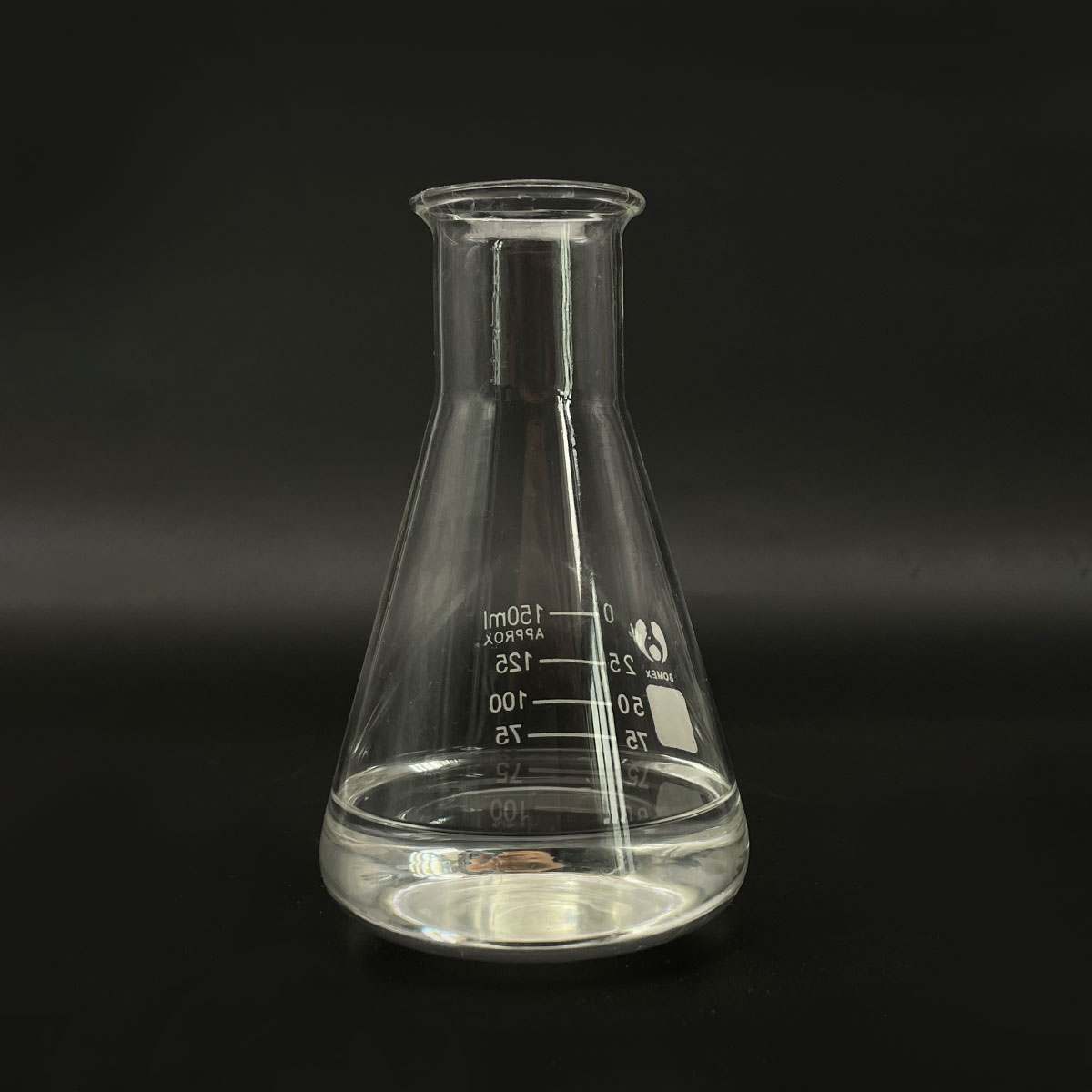Overview of 3D Printing Metal Tantalum Spherical Powder 15-45um
Metal powder is a common form of metal that has been processed into fine particles, ranging from a few micrometers to over 100 microns in diameter. It plays a crucial role in various industrial applications due to its unique properties and versatility.
Features of 3D Printing Metal Tantalum Spherical Powder 15-45um
Physical Characteristics
Particle Size: Ranging from nanometers to hundreds of micrometers, the size distribution significantly influences the powder’s flowability, packing density, and sintering behavior.
Shape: Particles can be spherical, irregular, flake-like, or dendritic, each shape affecting the final product’s mechanical properties and surface finish.
Purity: Depending on the production method, metal powders can achieve high levels of purity, critical for applications like electronics and aerospace where impurities can degrade performance.
Density: While less dense than their solid counterparts due to the presence of air between particles, metal powders can be densely packed during processing to approach the density of the solid metal.
Chemical Properties
Reactivity: Some metal powders, particularly aluminum and titanium, are highly reactive with air and moisture, necessitating careful handling and storage under inert atmospheres or vacuum.
Oxidation: Exposure to air can lead to surface oxidation, forming a passive layer that affects sintering and other processes. This can be managed through surface treatment or use of protective atmospheres.

(3D Printing Metal Tantalum Spherical Powder 15-45um)
Parameters of 3D Printing Metal Tantalum Spherical Powder 15-45um
Title: Advanced 3D Printing of Tantalum Spherical Powder with 15-45um Particle Size: A Comprehensive Overview
Introduction
The rapid evolution of additive manufacturing, particularly in the realm of metal 3D printing, has opened up unprecedented possibilities for the creation of intricate and complex components. One such material that has garnered significant attention due to its unique properties is tantalum spherical powder, with a particle size range of 15-45 micrometers. This article delves into the technical specifications, advantages, and potential applications of this cutting-edge 3D printing technology.
Material Characteristics
Tantalum, an incredibly dense and corrosion-resistant transition metal, boasts a melting point higher than most other metals, making it ideal for high-temperature applications. The spherical shape of the 15-45um powder ensures uniform distribution during the 3D printing process, facilitating better layer adhesion and improved mechanical properties in the final product. The controlled particle size allows for precise control over the porosity and density of the printed material, which is crucial for achieving optimal performance in aerospace, medical, and industrial sectors.
Printing Parameters
When it comes to 3D printing tantalum spherical powder, several key parameters must be considered. These include:
1. Laser Power and Speed: The laser’s power and speed significantly affect the melting and fusion of the metal particles. Higher power leads to faster melting but may result in increased porosity, while lower power ensures more controlled melting, reducing defects.
2. Layer Thickness: The layer height determines the resolution of the printed object. For 15-45um powder, a fine layer thickness is recommended to achieve smooth surfaces and minimize grain boundaries.
3. Infill Pattern: Dense infill patterns are necessary for structural integrity, especially when subjected to high stress or pressure. Common patterns like hexagonal or gyroid structures provide excellent strength without excessive weight.
4. Powder Bed Temperature: Maintaining an optimal bed temperature is critical for proper adhesion of the powder and subsequent bonding between layers. This temperature is typically in the range of 100-200°C, depending on the specific printer and powder type.
5. Post-Processing: After printing, heat treatments and annealing processes are often required to refine the microstructure and improve mechanical properties. These steps can involve furnace cycles, stress-relief anneals, or aging treatments.
Applications
The versatility of 3D printed tantalum spherical powder opens up a myriad of applications across various industries:
1. Aerospace: Tantalum’s high melting point and low thermal expansion coefficient make it suitable for components subjected to extreme temperatures, such as rocket engine parts or heat shields.
2. Medical Devices: Biocompatible tantalum can be used to create custom implants, prosthetics, or dental crowns, providing durability and resistance to wear and corrosion.
3. Energy: Tantalum capacitors and fuel cell components can benefit from the precision and customization offered by 3D printing, leading to enhanced efficiency and performance.
4. Electronics: The ability to print complex geometries allows for miniaturization and optimization of electronic components, such as heat sinks or connectors.
Conclusion
3D printing tantalum spherical powder with a particle size of 15-45um presents a promising avenue for the fabrication of high-performance components in various industries. By optimizing the printing parameters, engineers can harness the full potential of this technology to create lightweight, strong, and corrosion-resistant products that were previously impossible to manufacture. As research and development continue to advance, we can expect to see even more innovative applications emerge in the coming years.

(3D Printing Metal Tantalum Spherical Powder 15-45um)
FAQs of 3D Printing Metal Tantalum Spherical Powder 15-45um
Inquiry us






